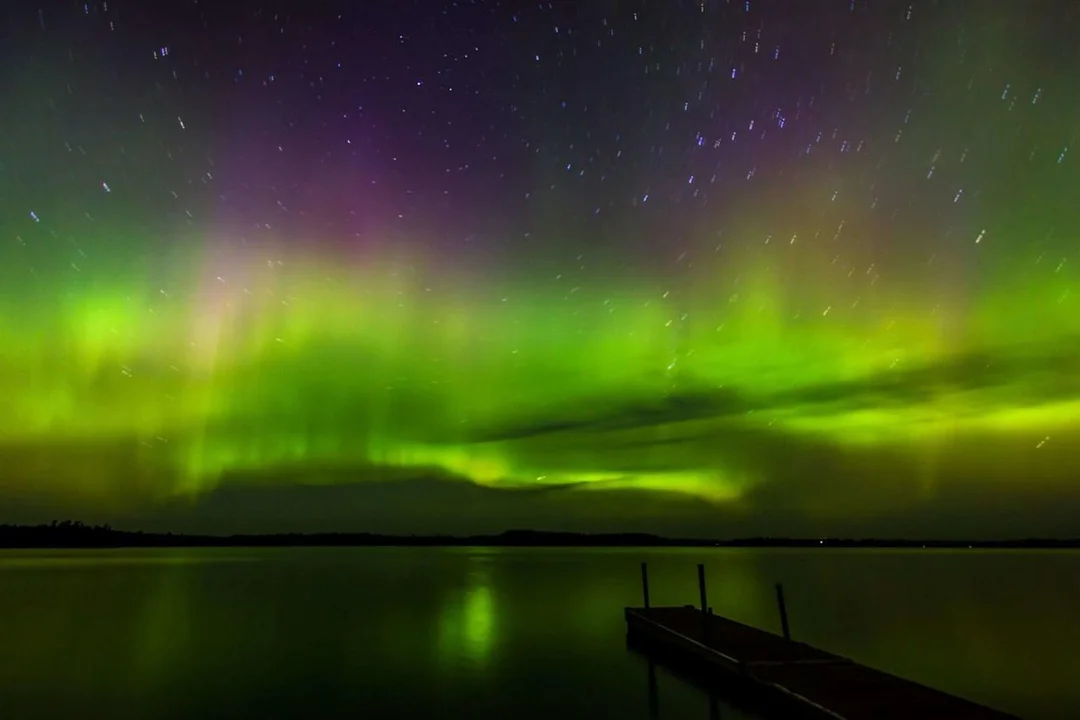
Northern Lights Forecast: 15 US States May Witness Aurora Borealis This Weekend
Get ready for a spectacular celestial display! The Northern Lights, also known as the Aurora Borealis, are predicted to grace the skies over at least 15 U.S. states this weekend. This event is significant as the auroras may appear farther south than usual, offering a rare opportunity for many to witness this natural wonder. The National Oceanic and Atmospheric Administration (NOAA) is forecasting active geomagnetic conditions that could push the auroras southward.
According to NOAA's Space Weather Prediction Center, states with the highest probability of seeing the lights include Alaska, Montana, North Dakota, Minnesota, and upper Michigan. Wisconsin, Idaho, Vermont, Maine, New Hampshire, New York, South Dakota, Wyoming, Washington, and Iowa also have a chance! The forecast is dependent on geomagnetic storm activity, but it's worth keeping an eye on the sky!

Just days ago, a surprise G3 storm on May 28th triggered auroras that were visible even as far south as Italy, demonstrating the unpredictable nature of space weather. That storm, originally forecast to reach only G1 levels, underscores the potential for auroras to appear much farther south than initially predicted.
The Kp index, a measurement of geomagnetic activity, is expected to peak at 4.67 over the weekend. A higher Kp index indicates stronger auroral activity. To get an up-to-date and detailed timing breakdown, one can always check NOAA's 3-day forecast.
The best time to view the Northern Lights this time of year is typically in the early morning hours, around 1 to 2 a.m. local time. To maximize your chances of spotting them, head to a north-facing location away from city lights and any other light pollution. As we approach the summer solstice, the window of darkness for observing the lights is shrinking, thus the recommendation to view during the early morning hours.
Interested in tracking space weather and increasing your chances of catching the auroras? Mobile apps are a great resource to download. "My Aurora Forecast & Alerts" and "Space Weather Live" are some options, giving users a heads up about current space weather conditions and aurora visibility forecasts.
Whether you're an avid aurora chaser or new to this phenomenon, this weekend presents a unique opportunity to witness one of nature's most breathtaking displays. Get your cameras charged, find a dark spot, and keep your eyes on the skies!
Will you be trying to spot the Northern Lights this weekend? Share your experiences or photos in the comments below!